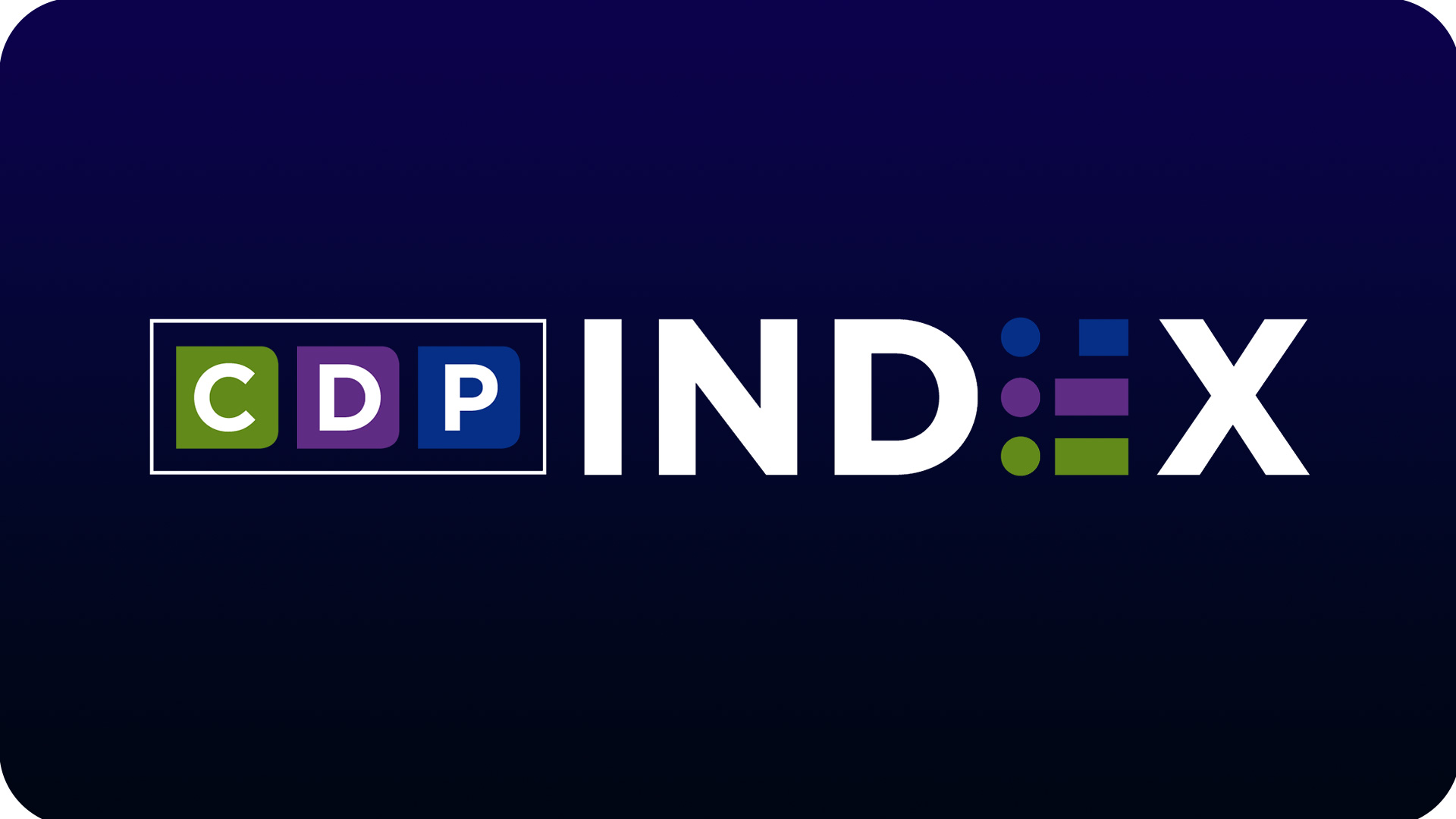As pandemic recedes, pubmedia stations seek ways to rebuild underwriting revenue
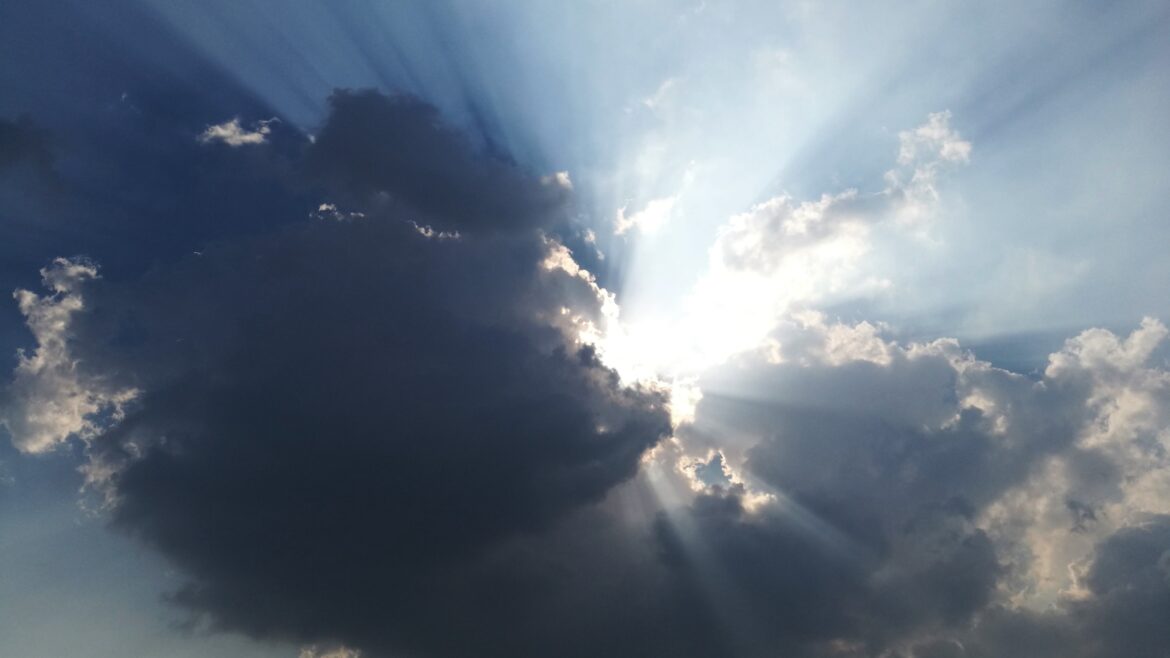
Suebsiri / iStock
The post-pandemic recovery of public media’s corporate underwriting has been slow to materialize, but sales managers at some stations have found paths for growth.
After weathering steep downturns in sponsorship sales in 2020, KPBS in San Diego and WXPN in Philadelphia are on pace to meet their revenue goals this year. WXPN, which relied heavily on concert promotion spots before the pandemic, is building underwriting sales with new clients in the travel and home services industries. Meanwhile, KPBS’ sales have been boosted by spots promoting concerts of touring rock bands like Muse and the Eagles.
It’s been difficult to get to this point, said Terry Woods, KPBS’ corporate development sales manager. The dual licensee lost more than $1 million in sponsorship revenues in 2020. After lowering its sales goals, KPBS’ underwriting revenue slowly edged upwards. Now, in the third quarter of fiscal year 2023, KPBS underwriting is at nearly 77% of the goal for the year — and that’s about 10% higher than the FY22 revenue goal. To continue building momentum, KPBS is evaluating how it can sign new clients in the electric vehicles industry, Woods said.
The progress reported by KPBS and other stations opens up possibilities for growth, but results across the system are mixed. If underwriting projections for the remainder of 2023 were expressed as a weather forecast, there’s a 55% chance of rain through early afternoon with clearing skies and a possible burst of sunshine late in the day.
State networks such as New Jersey PBS and South Dakota Public Broadcasting are enjoying blue skies and warming trends. Both held onto sponsors and grew their underwriting revenues, avoiding the downturn that continued to affect most stations in 2021. But the latest station revenue report from CPB charts a 6.8% decline in business revenues that year. The $372 million in business income recorded in CPB’s fiscal 2021 report, the latest available, includes gross revenue from stations’ relationships with commercial broadcasters and other for-profit companies, underwriting sales and payments for goods and services. From FY19 to FY21, business income declined nearly 19% across public broadcasting, according to revenue reported in CPB’s 2020 report.
‘A little bit all over the board’
Market Enginuity, the sales group specializing in public media sponsorship, advises conservative forecasts for underwriting revenues this year. Businesses that buy underwriting are wary of the possibility of the U.S. economy sinking into a recession, said President Jim Taszarek, but aren’t totally shaken up by the prospect.
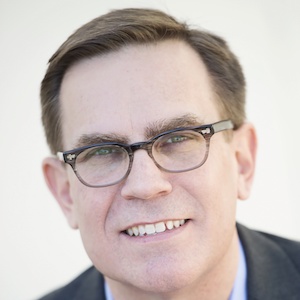
Market Enginuity recently completed a survey of sponsors and learned that most companies don’t plan to cut marketing budgets. Out of the 96 sponsors across 15 markets that participated in the survey, 97% expect their marketing budgets to be flat or grow in 2023. When asked about their plans to invest in public media sponsorships, 89% said they expect to spend the same amount or more this year.
About a quarter of the survey’s respondents are advertising agencies, Taszarek said. The stations that consult with Market Enginuity tend to seek sponsors in the performing arts, education and health-care sectors. Taszarek cautioned that the respondents “are often our most loyal supporters, so they may be more positive in their responses.”
Taszerek also drew a distinction between what’s happening in national and local underwriting sales.
“The stations we work with that are in the larger markets are more dependent on national business and the advertising agencies … [and] that’s where we started getting hit,” he said. “But we have other markets that are less dependent on that, that have a close relationship to sponsors, where we’re seeing continued growth. It’s a little bit all over the board.”
“National business is always more volatile,” Taszerek said. “It’s great when you have it, but you can’t depend on it. When the economy is strong, it over-indexes, and when the economy is weaker it under-indexes.”
National Public Media, which handles corporate sponsorship sales for NPR and stations, has been hit by underwriters’ decisions to pull back on marketing. In November, NPR CEO John Lansing reported a projected $20 million shortfall in sponsorship revenues for FY23 when he announced a hiring freeze and discretionary spending cuts.
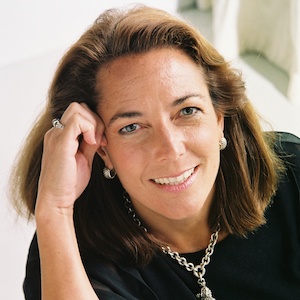
“Radio is hardly down at all; podcasting is down a lot,” said NPM CEO Gina Garrubbo. She declined to share specific figures.
“In 2022, in the back half, we have had an unexpected amount of cancellations as brands and CEOs were putting money back into their bottom line so their year-end results would look better,” she said. “And at the same time, other brands were just freezing their marketing dollars for that same reason. There was so much news about economic worries that I think a lot of corporate leaders battened down the hatches.”
Still, Garrubbo sees NPM as “pretty fortunate. Our business is off, but it’s not a disaster, I think, because of the categories NPR attracts.” Companies like Microsoft and Dell maintained sponsorships, but Salesforce, “a very big account for us,” pulled its underwriting entirely. A boom in marketing by e-commerce companies, online grocers, financial technology firms and streaming services is helping make up for some of the losses, she said.
Garrubbo and Taszarek agreed that a rebounding economy would help dissipate fears and power a stronger recovery. Just as underwriting sales typically take the first hits when business owners and CEOs see an economic downturn ahead, sponsorship dollars tend to come back quickly as soon as they see signs of a recovery.
‘Bringing the right audience’ to new sponsors
WXPN, the Triple A music station in Philadelphia, was smacked hard during the pandemic. Underwriting revenues reached a record of $2.9 million in FY19. Event cancellations and depressed spending from cultural institutions in 2020 triggered a 34% decline that extended through fiscal 2021, when total underwriting revenues landed at $1.9 million, according to Tom Interrante, director of underwriting.

WXPN turned a corner in FY22, when underwriting sales increased by 63% to set a new record, $3.1 million. Now the station is on pace to earn close to $3.75 million in FY23.
“The biggest blip on the screen was the concert business,” Interrante said. “That is very pivotal for us. If we don’t have that, we’re in bad shape, and unfortunately that went away.”
To recover from the losses, Interrante’s sales team homed in on companies that promote tourism in states like Massachusetts, Maryland, Virginia and New York. They also began working with higher ed institutions such as the University of Pennsylvania, WXPN’s licensee; Columbia University; and other Ivy League schools that were marketing new hybrid graduate study programs or professional certificates.
“Our core demographic at WXPN is a 35–64 audience,” Interrante said. “Like all NPR stations, WXPN is trying … to reach younger adults, but prospective undergraduate students aged 18 to 24 don’t listen to the station.”
“The parents are continuous learners. They’re NPR listeners,” Interrante said. “They want to get better at whatever they’re doing. To have a certificate from Penn, Cornell or Columbia looks really good on their resume.”
Interrante and his team had identified another category of business that wanted to reach WXPN’s listeners — home services businesses, including companies that install and repair heating and air conditioning systems.
“Every member probably has a house, and it’s NPR so they have nice houses,” he said. “You know what’s not cheap? HVAC. It’s very expensive to put in a new system.”
WXPN sold one of its first sponsorship packages to an HVAC company in FY18, Interrante said. The business was operated by a sole proprietor who had only two trucks making service calls. The owner later told Interrante about an WXPN listener who had called five times asking for a quote. The listener said they’d kept calling because WXPN is their favorite station. They wanted to support a business that helps fund the station.
“That moment resonated with me,” Interrante said. WXPN decided to “really hit it hard” with home services businesses in fiscal 2021 and 2022.
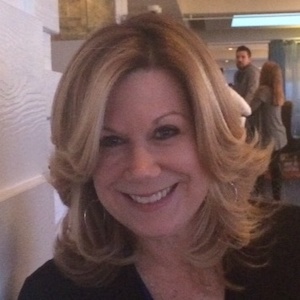
In California, two behemoths in the events and concerts space, Live Nation and AEG Presents, booked spots for a greater variety of musical acts, Woods said. KPBS’ audiences “are going to go see Muse and the Eagles. They’re not just going to go see Michael Bublé and Andrea Bocelli,” she said.
Woods sees California’s investments in consumer adoption of electric vehicles as another opportunity for KPBS. California is a growth market for EVs, due in part to regulations adopted last year to phase out sales of gas-powered vehicles by 2035.
Car dealers have traditionally eschewed public media underwriting because FCC rules for noncommercial sponsorship prohibit descriptions of pricing, among other restrictions. But with California’s new plan to boost EV manufacturing and sales, Woods thinks dealers may be ready to reconsider.
KPBS reaches listeners who can afford to buy EVs, Woods said. Since most consumers are already aware of the upfront costs of electric vehicles, it’s not necessary to discuss pricing on the air. “California is very much about the environment and tax advantages to doing certain things like going solar and electric,” she said. “There’s a lot of incentive. We bring the right audience to you that cares about those things.”
Sponsors stick with local programs
NJ PBS may be one of the few public media stations that didn’t experience a downturn in underwriting during the pandemic. Audiences for the state network’s news and public affairs content grew, said Noelle Deihl-Harteveld, senior director of development. NJ Spotlight News, a multiplatform newsroom that produces a digital news site and NJ PBS’ daily public affairs program, published a special web page for coronavirus-related news. Underwriters didn’t pull back their commitments.

“Because of the newsworthiness and because it was a place where [sponsors] could still have visibility, we think there was continued strong underwriting,” Deihl-Harteveld said.
NJ PBS also saw corporate support growth from the offshore wind industry, said Steve Priolo, director of New Jersey partnerships. Companies in this green energy sector increased their media spending in the state last year after Gov. Phil Murphy signed an executive order for New Jersey to produce 100% clean energy by 2050.
NJ PBS’ sponsorship team also built relationships with trade associations and the state health department, which ran spots about COVID-19 vaccines and the opioid crisis, Priolo said.
As NJ PBS moves ahead with plans to increase production of local programming, particularly in the arts, management hopes to develop relationships with cultural institutions in the tri-state region, according to Vanessa Wise, VP of development for the WNET Group in New York, which oversees NJ PBS.
‘The attitude of business has been optimistic’
In South Dakota, corporate support for SDPB increased 32% year-over-year in FY21 and 3% in FY22, according to Eric Erickson, VP of corporate partnerships. For this fiscal year, SDPB projects an 8% increase. The state network’s primary underwriters are in the agriculture and finance industries.
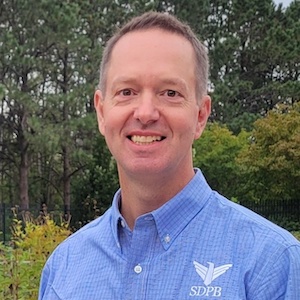
“South Dakota might be a little different than the rest of the country,” Erickson said. “We didn’t have as significant of a business slowdown during the height of the pandemic. The attitude of business has been optimistic throughout all this,” he said.
“I’m grateful we didn’t have to struggle through that like other markets.”
A new sales representative joined SDPB’s sponsorship team in April. Now the network has a total of three reps, each of whom covers a different part of the state, Erickson said. He wants to add one more so it’ll be easier for the sales reps to make personal sales pitches to businesses. “Four is the right number. I’ve started to float the idea … that’ll be a conversation we have in FY24.”
Sponsors are showing more interest in SDPB’s local programs, including In The Moment, a radio series that airs live on weekdays; South Dakota Focus, a monthly public affairs TV series; and Dakota Life, a series that profiles South Dakota communities.
Now Erickson is looking for ways to improve SDPB’s website and increase digital underwriting revenues. SDPB sells spots for its online audio streams and digital ads that acknowledge sponsors on its website. “It’s not responsible for a ton of our revenue growth yet, but I expect it to be a significant percentage of it within the next two years,” he said.


